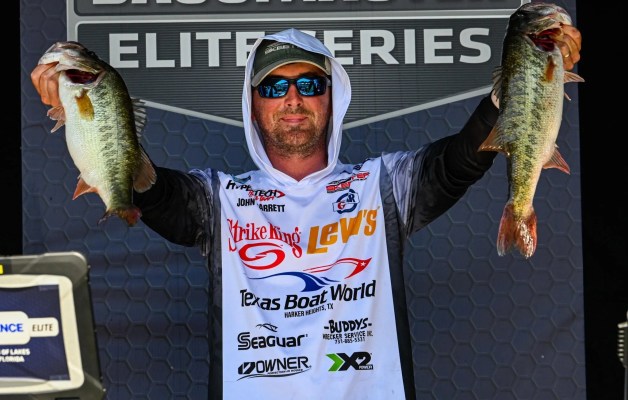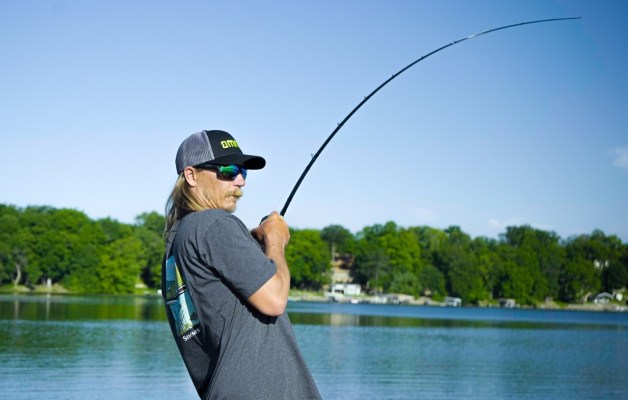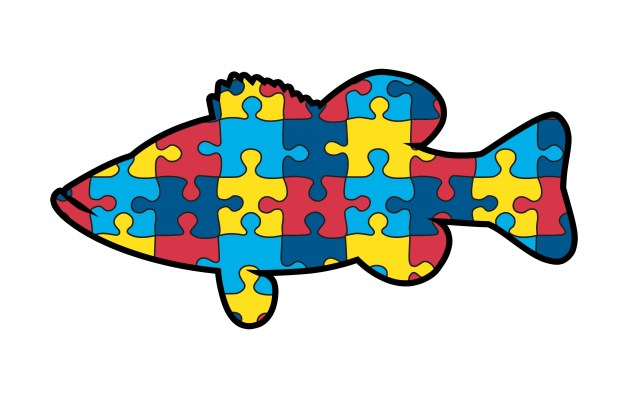
OK, let’s start this thing with a little sick humor: The bad part from Bull Shoals is that I finished 67th. The good part is that with the weekend off I had plenty of time to get ready for Wheeler.
Now, let’s get serious:
On the second day at Bull shoals I caught a lot of bass — 30 plus — flipping bushes. They were on a very specific pattern that I think we should talk about. We can all learn from what happened.
We knew, or thought we knew, that the bass were in the bushes. That’s fine except that when you start running around Bull Shoals you quickly realize that there is something like a million miles of flooded bushes lining the shore. You know the bass aren’t in every bush. Your challenge is to figure out which bush they’re in and then duplicate that pattern.
After a while I figured out that they were about half-way back in the pockets where the channel ran right alongside them. That made developing a pattern fairly easy. All you had to do was find similar spots and you’d catch fish. Fish the front of the pockets or the backs of the pockets and you wouldn’t get a bite.
I’ve said before, and I’ll say again, that when you catch a fish you should realize it was no accident. That bass was there for a reason. Our job is to figure out why. This is a perfect example of what I’m talking about.
I said I was flipping bushes. Really, I did more pitching than flipping. Flipping is when you have the reel engaged and you pendulum the bait to your target. I did some of that but mostly I pitched. That’s when your reel isn’t engaged and you allow the bait to pull line off it as it heads towards its target. In general, flipping is for short distances and pitching is for longer distances.
That’s a simple definition of what those techniques are all about. There’s more to it than that, and like a lot of things in fishing super good anglers make modifications to how they do them. Maybe in the future we’ll devote a column or two to the subject. But for now let’s go with what I’ve said.
The fish were in the middle of the bushes and the water was slightly stained. It was critical that the bait dropped straight down through the bush. That meant that line control was everything. Semi-slack was the word of the day.
If your line was too tight, the bait would swing unnaturally in an arc and the bass would ignore it. If it was too slack, you’d miss the bite on the way down. They’d spit it out before you knew they were there.
A lot of anglers struggle with line control. I respectfully suggest you spend some time learning how to keep some tension on your line, but not too much. Regardless of where you’re fishing, or why you’re flipping or pitching, most of your bites will come on the fall. You’ll catch more bass if you can see your line jump and set the hook quickly.
Next time we’ll talk about equipment and why it matters.
Mike Iaconelli’s column appears weekly on Bassmaster.com. You can also find him on Facebook and Twitter or visit his website, mikeiaconelli.com.





